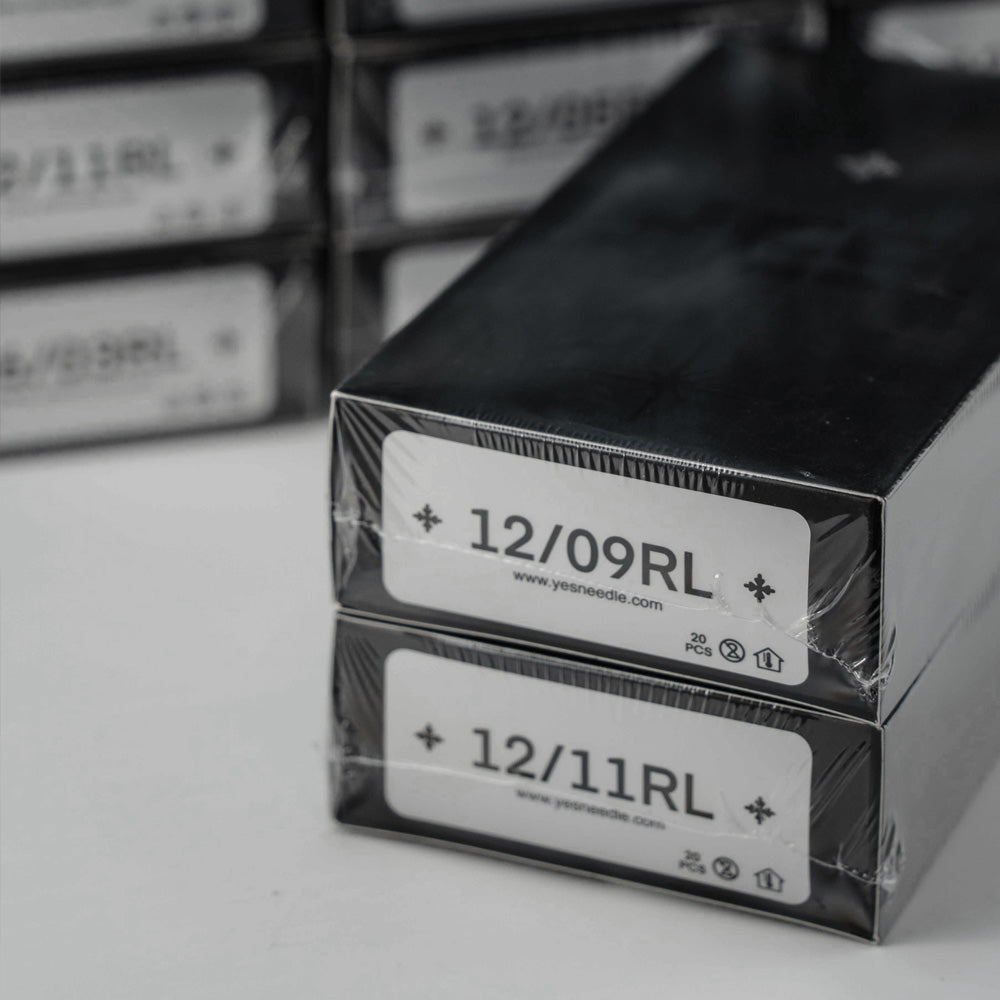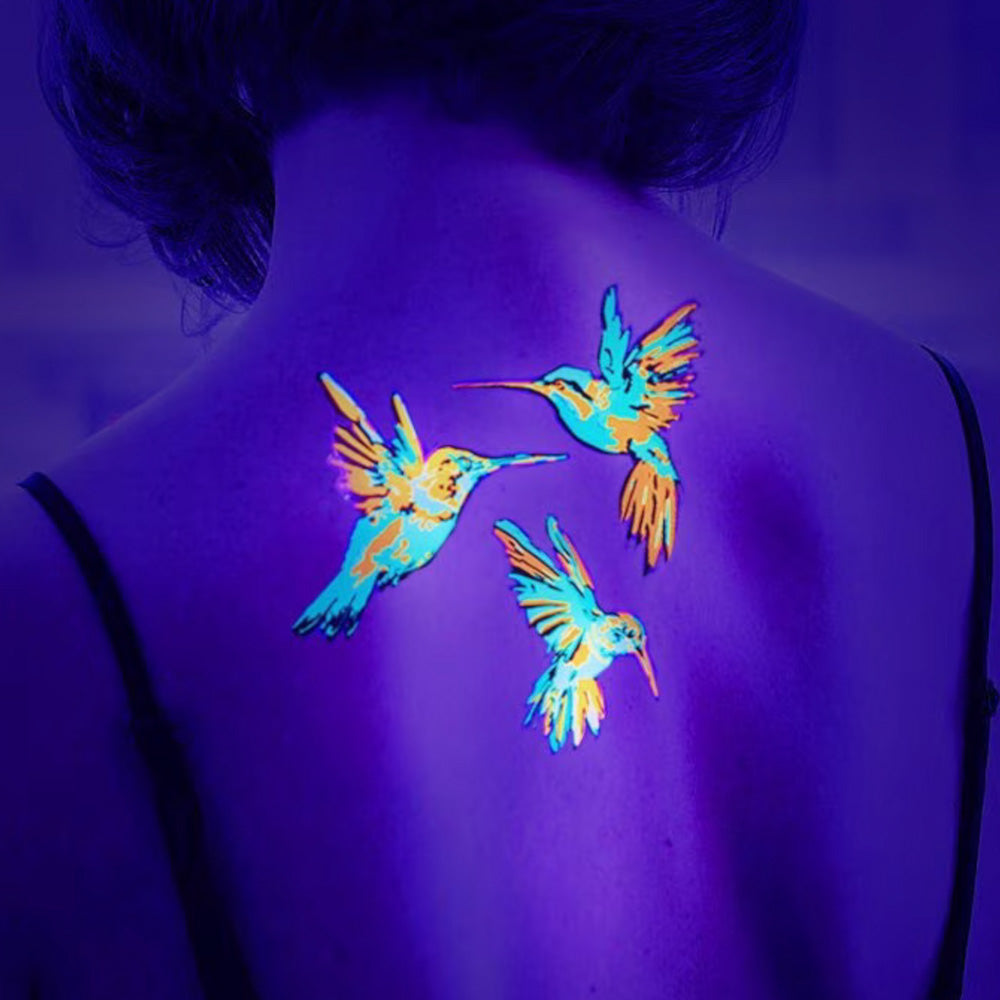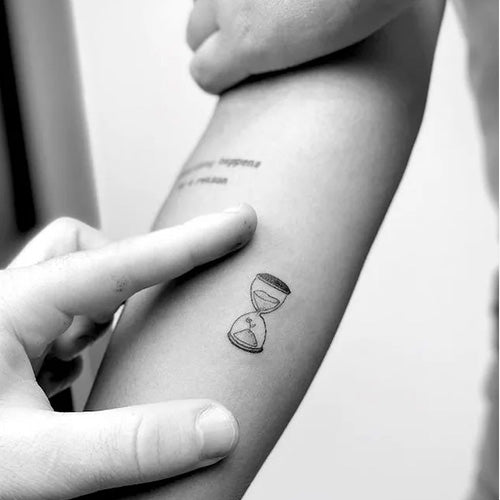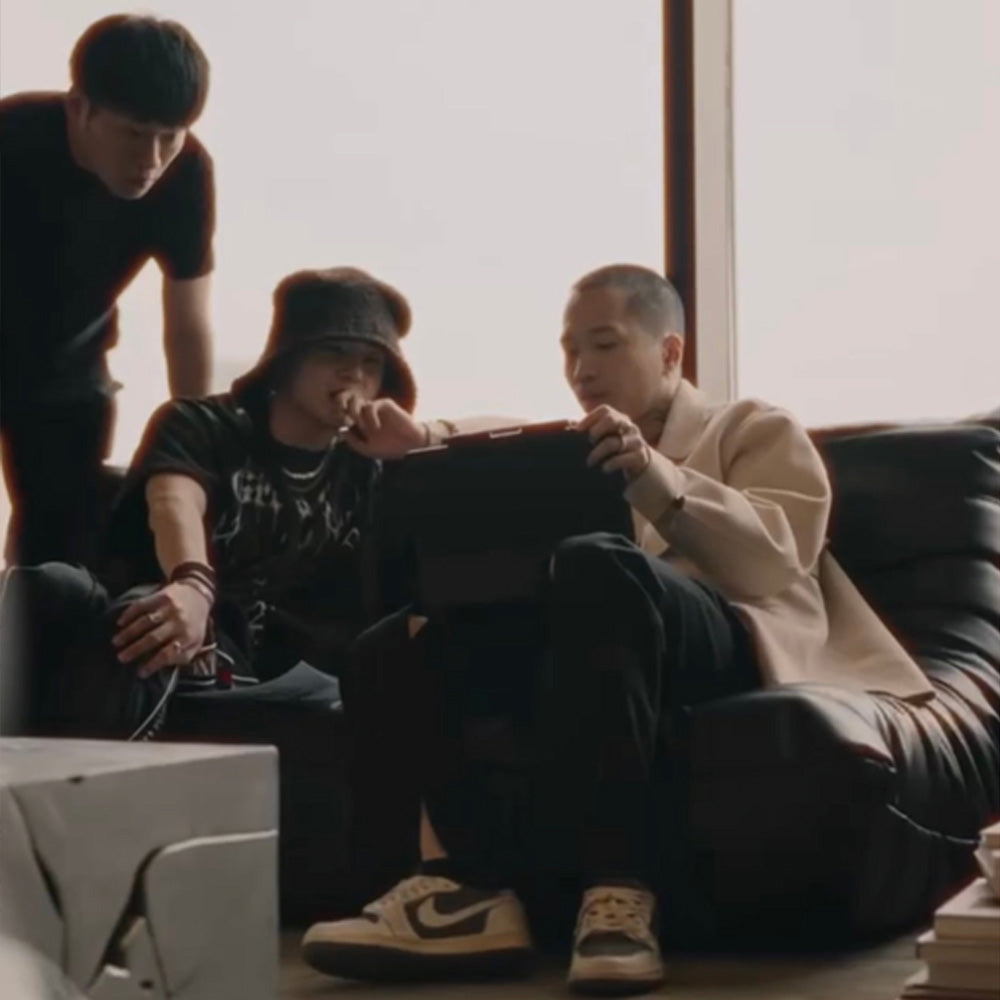Einnadel-Tattoos: Der Leitfaden eines Künstlerkollegen für Präzisionsarbeit
Warum Single Needle Work für Ihre Karriere wichtig ist
Wir alle kennen das: Ein Kunde kommt mit einem Pinterest-Board voller filigraner, feiner Tattoos und erwartet von Ihnen, dass Sie diese Arbeiten in Galeriequalität nacharbeiten. Einnadel-Tätowierungen sind in der Beliebtheit explodiert, und ehrlich gesagt ist es unerlässlich geworden, um wettbewerbsfähig zu bleiben. Aber niemand sagt Ihnen, dass diese Technik selbst erfahrene Künstler in Verlegenheit bringt.
Beim Einnadel-Tätowieren wird nur eine 1RL-Nadel verwendet, um die feinsten Linien zu stechen. Jeder Strich ist zu sehen, jedes leichte Zittern der Hand wird sichtbar, und es gibt keinen Platz für kleine Fehler, die man sich bei traditionellen Arbeiten erlauben kann. Diese Arbeit ist sowohl unglaublich lohnend als auch eine wirkliche Herausforderung.
Der wahre Unterschied: Einzelne Nadel vs. feine Linie
Hier ist die ehrliche Aufschlüsselung von jemandem, der Jahre damit verbracht hat, beides zu perfektionieren:
Einzelne Nadel (1RL):
- Eine Nadel, höchste Präzision
- Erfordert die ruhigsten Hände
- Dauert ewig, sieht aber unglaublich aus
- Kunden zahlen Spitzenpreise
- Die unnachgiebigste Technik, die du je lernen wirst
Feine Linie (3RL-5RL):
- Kleine Nadelgruppierungen
- Fehlerverzeihender beim Erlernen
- Schnellere Anwendung
- Immer noch detailliert, weniger Stress
- Großartiges Sprungbrett zur Einzelnadel
Die meisten Künstler, die ich kenne, haben mit 3RL-Feinlinien begonnen, bevor sie sich an die echte Einzelnadeltechnik wagten. Es ist keine Schande, sich darauf vorzubereiten - diese Technik verlangt Respekt.
Was macht die Arbeit mit einer Nadel eigentlich so schwierig?
Die Realität der Tattoo-Ausrüstung
Ihr normales System ist für Arbeiten mit einer Nadel wahrscheinlich nicht geeignet. Ich habe das auf die harte Tour gelernt, nachdem ich mehrere Stücke mit wackeligen Nadeln und uneinheitlichem Tintenfluss ruiniert hatte. Qualität ist hier wichtiger als anderswo beim Tätowieren.
Maschineneinstellungen, die funktionieren:
- Niedrige Spannung (max. 4-5,5 V)
- Gleichmäßiger, reibungsloser Betrieb
- Keine Vibrationen oder Instabilität
- Rotierende Maschinen funktionieren im Allgemeinen besser
Das Problem der Nadelqualität:
Billige Nadeln werden Ihre Arbeit sabotieren. Ich habe gesehen, wie sich talentierte Künstler abmühten, weil ihre Nadeln wackelten oder einen ungleichmäßigen Tintenfluss lieferten. Wenn man mit so feinen Linien arbeitet, werden Ausrüstungsmängel eklatant offensichtlich.
Technische Anpassungen, die Sie vornehmen müssen
Handsteuerung:
Vergessen Sie alles, was mit Bewegungen aus dem Handgelenk zu tun hat. Die Arbeit mit einer Nadel erfordert Armkontrolle, um konsistent zu sein. Ich habe Monate gebraucht, um mein Muskelgedächtnis wieder zu trainieren.
Verwaltung des Tintenflusses:
Einzelne Nadeln schränken den Tintenfluss erheblich ein. Sie müssen ständig nachladen - alle 2-3 cm der Linie. Halten Sie Ihre Tinte frisch, denn die Blutmischung beeinträchtigt schnell die Konsistenz.
Technik der Haut:
Die Dehnung ist entscheidend. Einzelne Nadeln haben nicht die "Nachgiebigkeit" größerer Gruppierungen, so dass Ausbrüche wahrscheinlicher sind, wenn die Dehnung nicht perfekt ist.

Die Lernkurve: Was zu erwarten ist
Monat 1-2: Frustrationsphase
Alles fühlt sich falsch an. Ihre Linien wackeln, die Tinte fließt schlecht, und Sie werden sich fragen, warum Sie diese Reise angetreten haben. Üben Sie unermüdlich auf synthetischer Haut. Rühren Sie keine echte Haut an, bis Sie 30 Minuten lang gleichmäßige Linien zeichnen können.
Monat 3-6: Durchbruchphase
Plötzlich macht es klick. Ihre Hand wird ruhiger, Sie verstehen den Tintenfluss, und die Arbeit mit Kunden wird möglich. Beginnen Sie mit einfachen Designs - einzeilige Blumen, minimalistische Schriften, einfache geometrische Muster.
Monat 6+: Vertrauensphase
Sie buchen selbstbewusst einzelne Nadelsitzungen. Ihre Kunden lieben Ihre Arbeit, Sie verlangen Spitzenpreise, und andere Künstler bitten Sie um Rat. Die Investition in das Lernen zahlt sich aus.
Häufige Probleme und echte Lösungen
Wackelige Linien:
In der Regel die Ausrüstung, nicht das Können. Investieren Sie in Qualitätsnadeln, die für Präzisionsarbeit ausgelegt sind. Senken Sie die Spannung. Überprüfen Sie die Wartung Ihrer Maschine.
Ungleichmäßiger Tintenfluss:
Reinigen Sie die Nadeln während der Sitzungen häufig. Verwenden Sie Qualitätstinten mit der richtigen Konsistenz. Ersetzen Sie die Tintenkappen, wenn sich Blut vermischt.
Kundenerwartungen:
Seien Sie ehrlich, was die Heilung angeht. Einnadelige Tätowierungen verblassen schneller als herkömmliche Tätowierungen. Setzen Sie realistische Erwartungen und bieten Sie Nachbesserungsmöglichkeiten an.
Schwierigkeiten bei der Preisgestaltung:
Berechnen Sie nicht zu wenig. Einnadelarbeiten dauern länger und erfordern besondere Fähigkeiten. Setzen Sie den Preis entsprechend an, sonst sind Sie ausgebrannt.
Warum Investitionen in Ausrüstung wichtig sind
Früher dachte ich, teure Nadeln seien nur ein Marketing-Hype. Dann habe ich Qualitätspatronen ausprobiert, die speziell für Präzisionsarbeit entwickelt wurden, und alles hat sich geändert. Der Unterschied ist nicht nur subtil - es ist wie Tag und Nacht.
"Was Qualitätsnadeln tatsächlich leisten:
- Eliminieren Sie das Wackeln, das feine Linien ruiniert.
- Gleichmäßiger Tintenfluss während der gesamten Sitzung
- Halten die Schärfe länger aufrecht
- Reduziert die Ermüdung der Hände durch den Kampf mit der Ausrüstung"
YES-Nadel: Warum wir gewechselt haben und nicht mehr zurückblicken ←
Nachdem wir jahrelang mit inkonsistenten Nadeln zu kämpfen hatten, entdeckten wir die YES Nadelpatronen, die speziell für Präzisionsarbeiten entwickelt wurden. Der Unterschied war sofort und dramatisch.
Dies ist Ihr Überschriftstext.
- Stabile Stabilität: Keine wackelnden Linien mehr, die Stücke ruinieren
- Perfekter Tintenfluss: Gleichmäßige Abgabe während der gesamten Sitzung
- Vorhersagbare Ergebnisse: Jede Nadel arbeitet identisch
- Kundenzufriedenheit: Bessere Arbeit führt zu zufriedeneren Kunden und mehr Weiterempfehlungen
Die ehrliche Wahrheit: Wir waren skeptisch gegenüber "Premium"-Nadeln, bis wir sie ausprobiert haben. Jetzt verwenden wir nichts anderes mehr für die Arbeit mit einer Nadel. Der Qualitätsunterschied schlägt sich direkt in besseren Tattoos und höheren Einnahmen nieder.
Warum das wichtig ist: Kunden, die mit einer Nadel arbeiten, zahlen für Perfektion. Wenn Ihre Ausrüstung Ihr Können unterstützt, anstatt dagegen anzukämpfen, können Sie sich ganz darauf konzentrieren, außergewöhnliche Kunst zu schaffen.

Die Quintessenz
Das Tätowieren mit einer Nadel ist nicht nur ein Trend, sondern für moderne Tätowierer unverzichtbar geworden. Die Kunden wollen diese Arbeit, und sie zahlen Spitzenpreise für Künstler, die qualitativ hochwertige Ergebnisse liefern können.
Die Lernkurve ist real, und die Investition in die Ausrüstung macht mehr aus, als Sie vielleicht erwarten. Aber für Künstler, die bereit sind, sich anzustrengen, eröffnen die Einnadeltechniken neue kreative Möglichkeiten und Verdienstmöglichkeiten.
Versuchen Sie nicht, bei der Ausrüstung zu sparen. Investieren Sie in Nadeln, die für Präzisionsarbeit entwickelt wurden, üben Sie konsequent und geben Sie sich Zeit, die Fähigkeiten zu entwickeln. Ihre zukünftigen Kunden (und Ihr Bankkonto) werden es Ihnen danken.
Erinnern Sie sich:
Jeder Meisterkünstler hat genau da angefangen, wo Sie jetzt sind. Der Unterschied zwischen einer guten und einer großartigen Einnadelarbeit liegt oft in Geduld, Übung und einer Ausrüstung, die Ihre künstlerische Vision unterstützt, anstatt sie zu bekämpfen.




